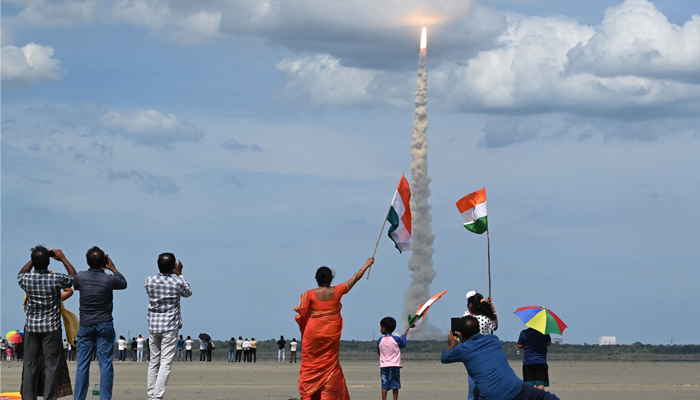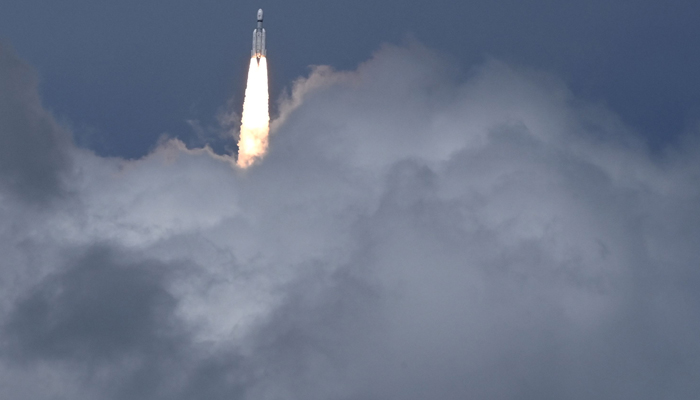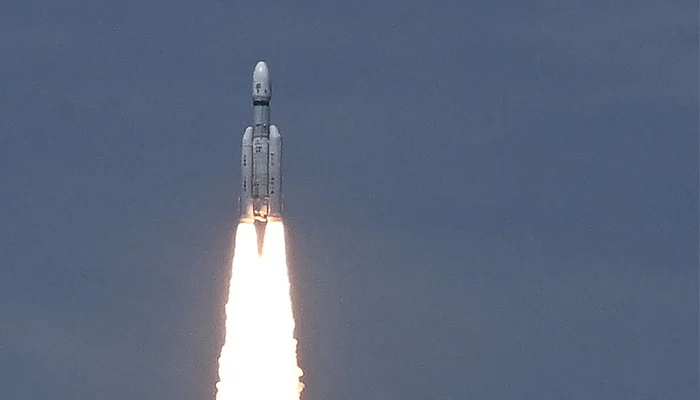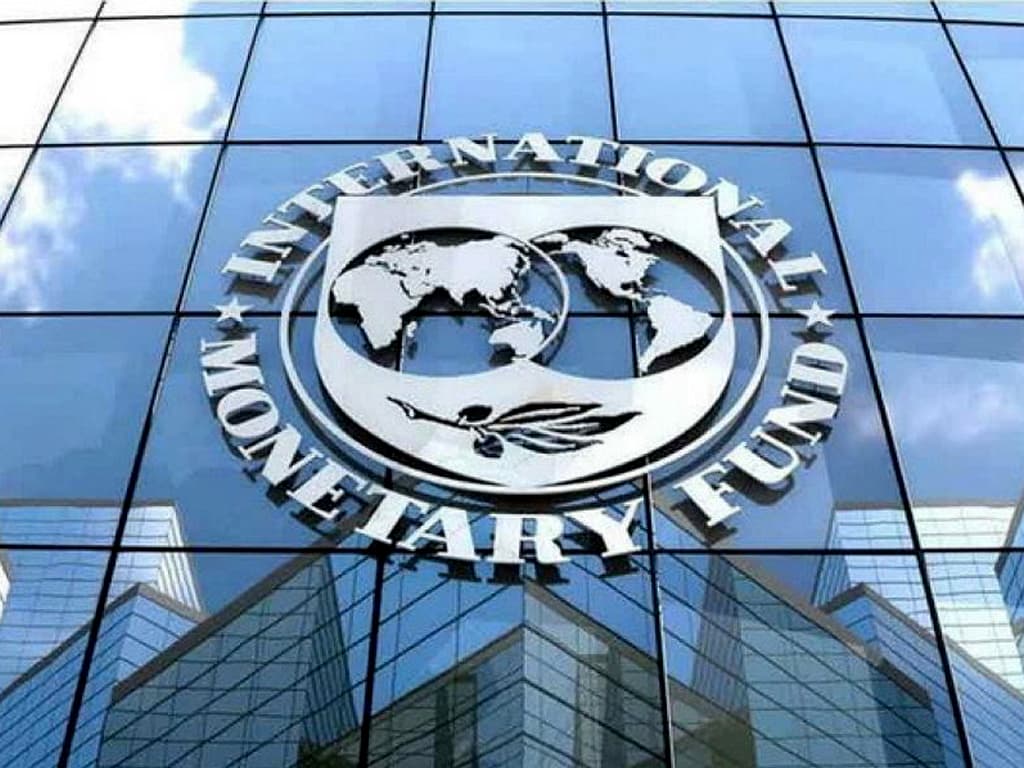The Indian Space Research Organisation (ISRO) said Saturday that the Chandaryaan-3 had entered lunar orbit after lifting off last month from Satish Dhawan Space Centre, in Sriharikota, as the race to explore space intensifies with great powers pouring billions into their respective programs.
If Chandaryaan-3 successfully landed on the moon, it will make India the fourth control to achieve a controlled landing on the moon after the US, Soviet Union and China.
The ISRO wrote on Twitter regarding the latest update about the Indian space mission: “Chandrayaan-3 has been successfully inserted into the lunar orbit. A retro-burning at the Perilune was commanded from the Mission Operations Complex (MOX), ISTRAC, Bengaluru.”
If all goes as per the plan, Chandaryaan-3 will safely touch down near the Moon’s little-explored south pole between August 23 and 24.
The last Indian attempt at a moon landing failed when ground control lost contact moments before landing.
The mission comes with a price tag of $74.6 million — far smaller than those of other countries, and a testament to India’s frugal space engineering.
Chandrayaan-3 is the third lunar exploration mission in the fourth operational mission (M4) of the LVM3 launcher, formerly the GSLVMkIII rocket, reported Indian media.

According to experts, India can keep costs low by copying and adapting existing space technology, and thanks to an abundance of highly skilled engineers who earn a fraction of their foreign counterparts’ wages.
Chandrayaan-3 took longer than earlier missions
The Chandrayaan-3 spacecraft has taken much longer to reach the Moon than the manned Apollo missions of the 1960s and 1970s, which arrived in a matter of days.
The Indian rocket used is much less powerful than the US’ Saturn V and instead, the probe orbited the earth five or six times elliptically to gain speed, before being sent on a month-long lunar trajectory.

If the landing is successful the rover will roll off Vikram and explore the nearby lunar area, gathering images to be sent back to Earth for analysis.
The rover has a mission life of one lunar day or 14 Earth days.
ISRO chief S Somanath has said his engineers carefully studied data from the last failed mission and tried their best to fix the glitches.
India’s space programme has grown considerably in size and momentum since it first sent a probe to orbit the Moon in 2008.
In 2014, it became the first Asian nation to put a satellite into orbit around Mars, and three years later, the ISRO launched 104 satellites in a single mission.
The ISRO’s Gaganyaan (“Skycraft”) programme is slated to launch a three-day manned mission into Earth’s orbit by next year.
India is also working to boost its 2% share of the global commercial space market by sending private payloads into orbit for a fraction of the cost of competitors.




























